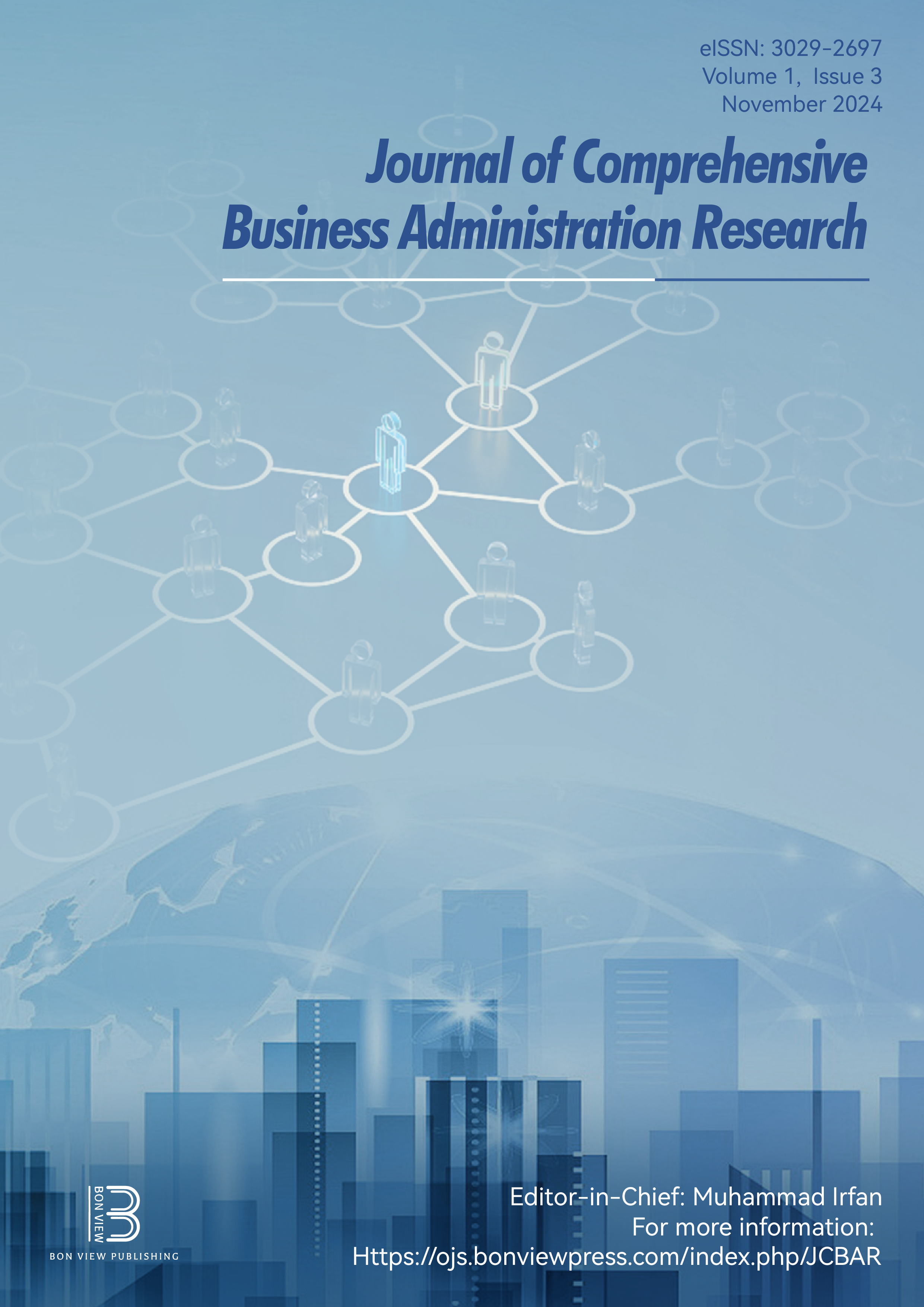An Optimized Product Delivery System for RedX Using Drones: A Case Study
DOI:
https://doi.org/10.47852/bonviewJCBAR42022425Keywords:
drone, drone station, warehouse location, drone-restricted area, ArcGISAbstract
This research aims to create a drone delivery system to meet the e-commerce industry’s growing need for quicker and more effective product delivery. Even though using drones for deliveries has drawn a lot of interest, developing an efficient delivery system is complicated due to factors including drone range limitations, frequent charging, and restricted airspace. However, only few studies have considered these factors. In this paper, we propose a comprehensive approach that accounts for several variables, including the position of the drone stations, the warehouse’s location, the closest drone station to the delivery destination, and unmanned aerial vehicle (UAV) restricted areas. The study presents a heuristic approach for choosing drone station locations, an algorithm to find the drone station closest to the delivery location, and the K-means clustering technique for determining the optimum warehouse location. Additionally, safety and privacy are crucial considerations, and the study uses the A* search algorithm to avoid restricted areas during the deliveries. Finally, a cost analysis was done to understand the financial feasibility of this study and our delivery system will minimize the delivery cost by 47% approximately. The proposed method provides a time-efficient and profit-maximizing delivery service that can revolutionize the industry and improve customer satisfaction.
Received: 4 January 2024 | Revised: 27 February 2024 | Accepted: 16 March 2024
Conflicts of Interest
The authors declare that they have no conflicts of interest to this work.
Data Availability Statement
The data that support the findings of this study are openly available athttps://docs.google.com/spreadsheets/d/1ycVs3iB3YSt2xoaFRlXhrcI5GVfpTv3C/editusp=sharing&ouid=100048487361699338104&rtpof=true&sd=true.
Author Contribution Statement
Aizizul Haque Raza: Conceptualization, Methodology, Software, Formal analysis, Investigation, Data curation, Writing – original draft, Writing – review & editing, Visualization, Project administration. Md. Mohibul Islam: Validation, Supervision. Fahim Ul Haque: Conceptualization, Methodology, Software, Formal analysis, Investigation, Data curation, Writing – original draft, Writing – review & editing, Visualization, Project administration. Sonia Akhter: Methodology, Validation, Writing – review & editing, Supervision. Umma Suriaya Parvin Kakon: Methodology, Software, Writing – review & editing.
Downloads
Published
Issue
Section
License
Copyright (c) 2024 Authors

This work is licensed under a Creative Commons Attribution 4.0 International License.


